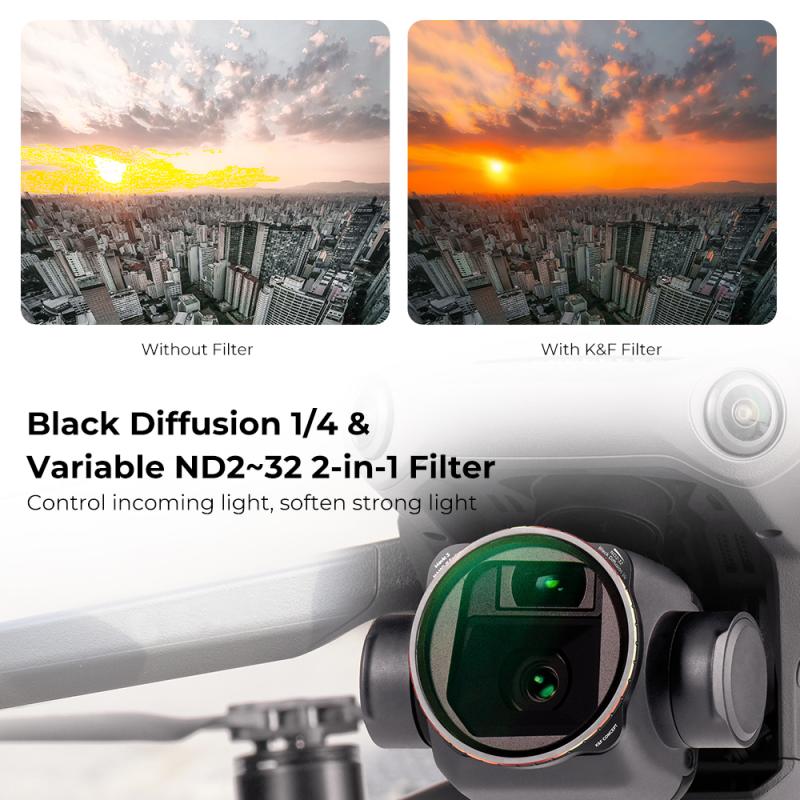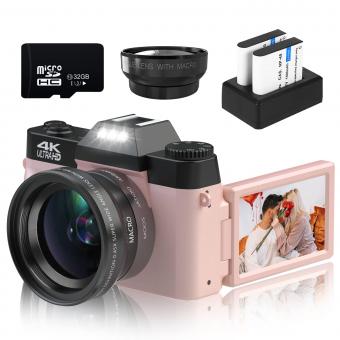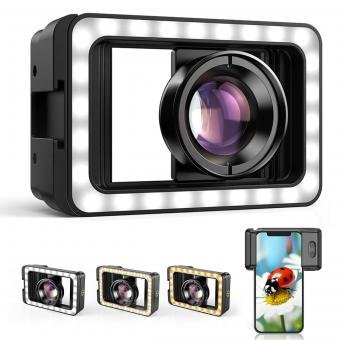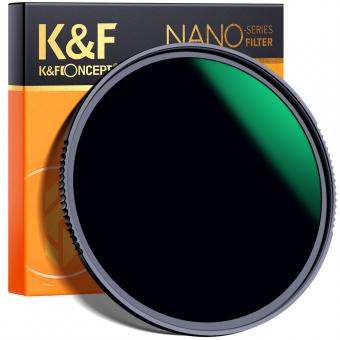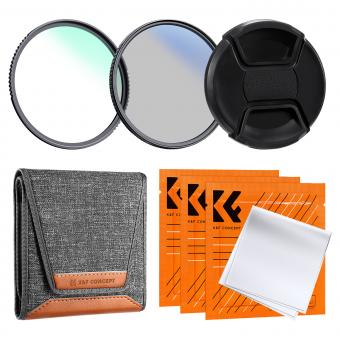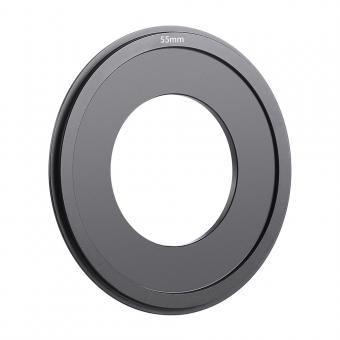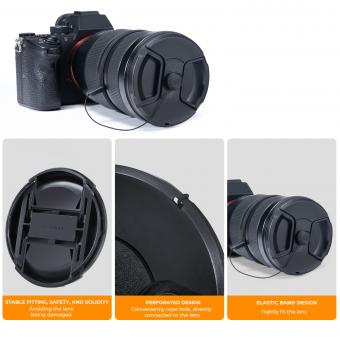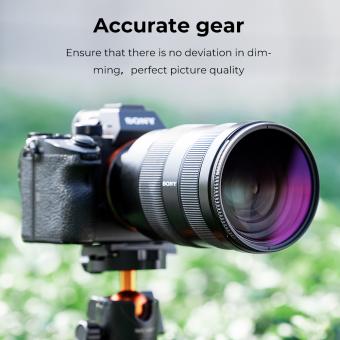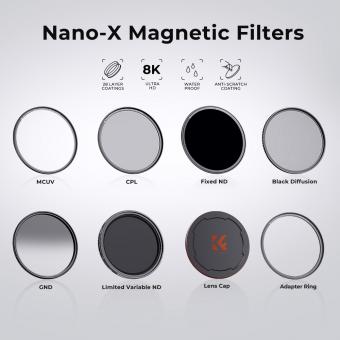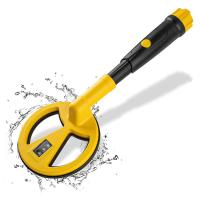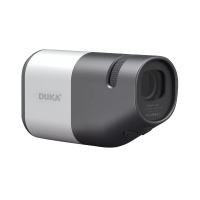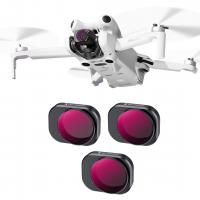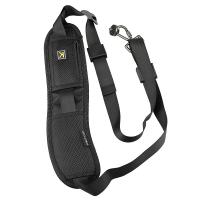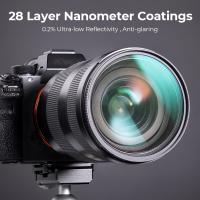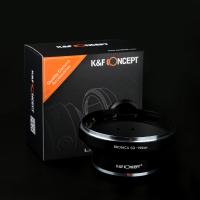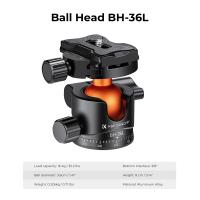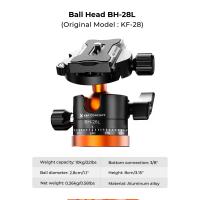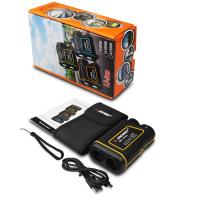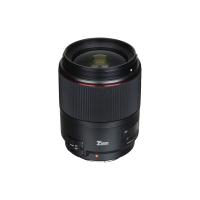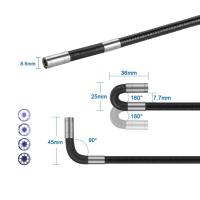What Filter For Macro Lens ?
There are various types of filters that can be used with a macro lens, depending on the specific requirements of the photographer. Some commonly used filters for macro photography include:
1. Close-up filters: These are screw-on filters that act as magnifying glasses, allowing you to focus at closer distances. They are an affordable option for beginners and can be stacked together for increased magnification.
2. Extension tubes: These are hollow tubes that are placed between the camera body and the lens, effectively increasing the distance between the lens and the sensor. This allows for closer focusing and greater magnification.
3. Polarizing filters: These filters help reduce reflections and glare, enhancing color saturation and contrast in macro images. They can be particularly useful when photographing subjects with shiny surfaces or water droplets.
4. Neutral density filters: These filters reduce the amount of light entering the lens, allowing for longer exposure times. They are useful when shooting in bright conditions and can help achieve a shallow depth of field or create motion blur effects.
5. Diffusion filters: These filters soften the light and reduce harsh shadows, resulting in a more ethereal and dreamy look in macro images.
Ultimately, the choice of filter will depend on the specific creative vision and technical requirements of the photographer.
1、 Types of filters for macro lenses
What filter for macro lens? When it comes to macro photography, filters can be a valuable tool to enhance your images and achieve desired effects. There are several types of filters that can be used with macro lenses, each serving a specific purpose.
One commonly used filter for macro photography is the close-up filter. These filters are essentially magnifying glasses that attach to the front of the lens, allowing you to focus at a closer distance and achieve higher magnification. Close-up filters come in different strengths, typically measured in diopters, which determine the level of magnification they provide.
Another popular filter for macro lenses is the polarizing filter. This filter helps to reduce reflections and glare, resulting in more saturated colors and increased contrast. It can be particularly useful when photographing subjects with shiny surfaces or when shooting in bright sunlight.
Neutral density (ND) filters can also be beneficial in macro photography. These filters reduce the amount of light entering the lens, allowing you to use slower shutter speeds or wider apertures in bright conditions. This can be useful when you want to achieve a shallow depth of field or create motion blur effects.
In recent years, some photographers have started using creative filters, such as diffusion filters or star filters, to add unique and artistic effects to their macro images. These filters can help create a dreamy or ethereal look, adding a touch of creativity to your macro shots.
It's worth noting that not all macro lenses have filter threads, so it's important to check if your lens is compatible with filters before making a purchase. Additionally, some photographers prefer to use extension tubes or dedicated macro lenses instead of filters to achieve close-up shots.
In conclusion, the choice of filter for macro lenses depends on the specific effect you want to achieve. Close-up filters, polarizing filters, neutral density filters, and creative filters are all options to consider, but it's important to experiment and find what works best for your style and subject matter.
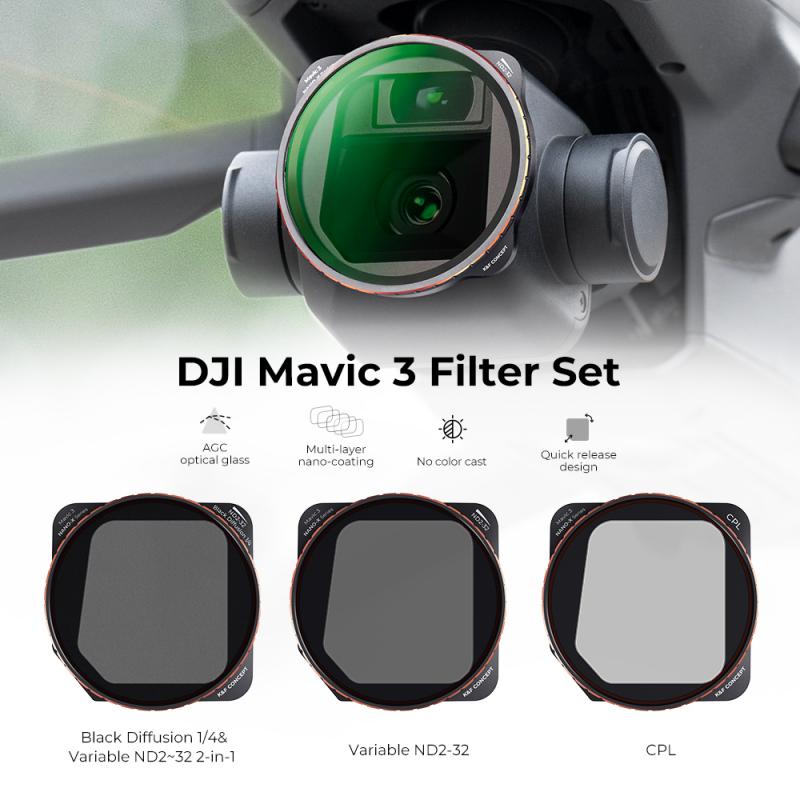
2、 Popular filter options for macro photography
Popular filter options for macro photography include close-up filters, extension tubes, and polarizing filters.
Close-up filters are a cost-effective option for macro photography as they can be easily attached to the front of a lens. These filters act as magnifiers, allowing you to focus on subjects at a closer distance. They come in different strengths, such as +1, +2, or +4, indicating the level of magnification they provide. Close-up filters are a convenient choice for photographers who want to experiment with macro photography without investing in a dedicated macro lens.
Extension tubes are another popular option for macro photography. These tubes are placed between the camera body and the lens, effectively increasing the distance between the lens and the sensor. This extension allows for closer focusing and magnification of the subject. Extension tubes come in various lengths, and they can be used individually or stacked together for even greater magnification. They are a versatile tool for macro photography, as they can be used with different lenses.
Polarizing filters are commonly used in macro photography to reduce glare and reflections. They can enhance colors and increase contrast in the image, resulting in more vibrant and detailed macro shots. Polarizing filters work by blocking certain light waves, which can be particularly useful when photographing subjects with shiny surfaces or water droplets. They can also be rotated to adjust the amount of polarization, giving photographers more control over the final image.
It's worth noting that while filters can be useful in macro photography, they may not always be necessary. Many macro lenses are designed to provide excellent image quality and close focusing capabilities without the need for additional filters. However, depending on the specific requirements of your macro photography, these filters can be valuable tools to enhance your images.
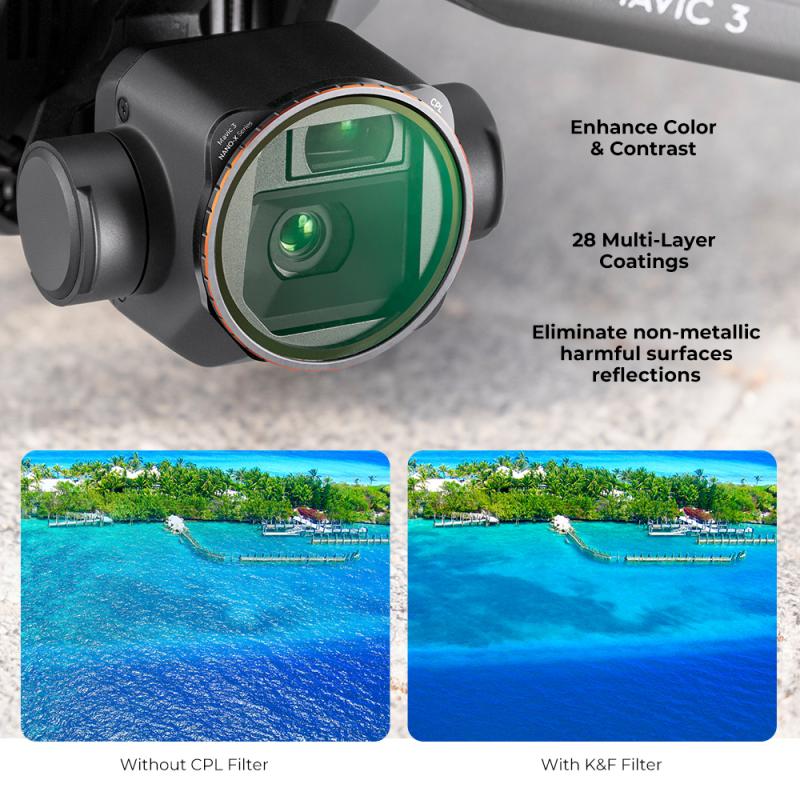
3、 Choosing the right filter for your macro lens
Choosing the right filter for your macro lens is an important decision that can greatly enhance your macro photography. There are several types of filters available, each serving a specific purpose and offering unique benefits.
One of the most commonly used filters for macro photography is the close-up filter. These filters are essentially magnifying glasses that attach to the front of your lens, allowing you to focus closer and achieve greater magnification. Close-up filters come in different strengths, typically measured in diopters, which determine the level of magnification. They are a cost-effective option for beginners or photographers who want to experiment with macro photography without investing in a dedicated macro lens.
Another popular filter for macro photography is the polarizing filter. This filter helps reduce glare and reflections, resulting in more vibrant colors and increased contrast. It can be particularly useful when photographing subjects with shiny surfaces or when shooting in bright sunlight. Additionally, a polarizing filter can also enhance the details and textures in your macro images.
For photographers interested in capturing the intricate details of small subjects, a macro lens with a built-in focus stacking feature can be a game-changer. This feature allows you to take multiple images at different focus points and then combine them in post-processing to create a final image with a greater depth of field. While not a traditional filter, this technology can significantly improve the sharpness and overall quality of your macro images.
In recent years, there has been a growing trend towards using specialized filters for creative effects in macro photography. Filters such as the diffusion filter can add a dreamy and ethereal look to your images, while the star filter can create stunning starbursts around light sources. These filters can add a unique touch to your macro images and allow for more artistic expression.
Ultimately, the choice of filter for your macro lens depends on your specific needs and creative vision. It is important to consider factors such as the subject matter, lighting conditions, and desired effects when selecting a filter. Experimenting with different filters can help you discover new possibilities and elevate your macro photography to the next level.
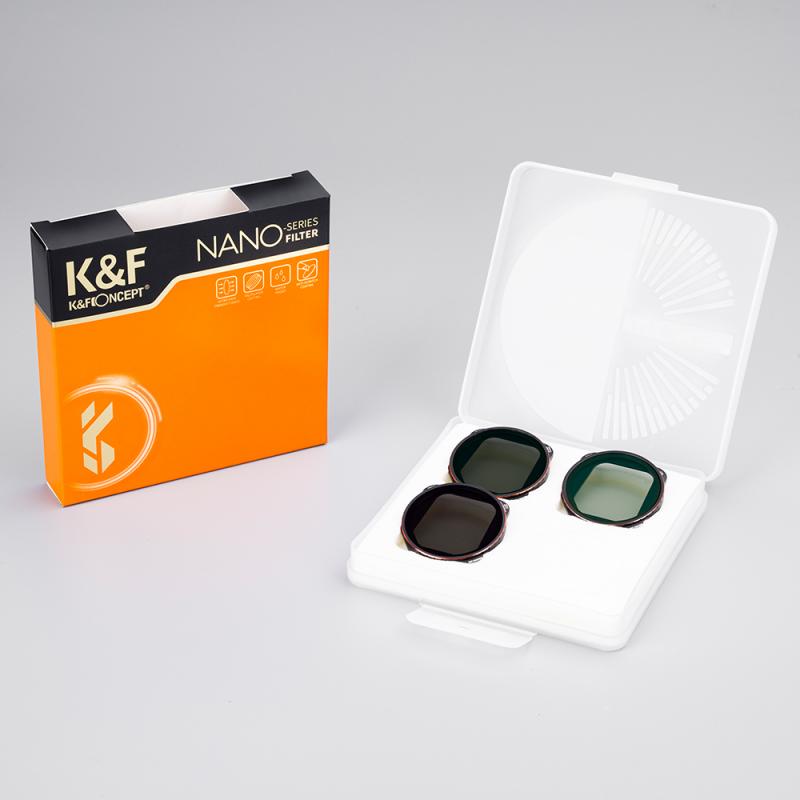
4、 Exploring filter effects in macro photography
When it comes to macro photography, filters can be a valuable tool for enhancing and exploring different effects. While there isn't a specific filter designed exclusively for macro lenses, there are several types of filters that can be used to achieve various creative results.
One popular filter for macro photography is the close-up filter. These filters are essentially magnifying glasses that attach to the front of your lens, allowing you to focus at a closer distance. Close-up filters come in different strengths, typically measured in diopters, which determine the level of magnification. They are a cost-effective alternative to purchasing a dedicated macro lens and can produce impressive close-up shots.
Another commonly used filter in macro photography is the polarizing filter. This filter helps reduce reflections and glare, resulting in more saturated colors and increased contrast. It can be particularly useful when photographing subjects with shiny surfaces or when shooting in bright sunlight.
Additionally, neutral density (ND) filters can be beneficial in macro photography. These filters reduce the amount of light entering the lens, allowing for longer exposure times. This can be advantageous when capturing subjects with intricate details or when shooting in low-light conditions.
Lastly, experimenting with creative filters such as color filters or diffusion filters can add unique effects to your macro images. Color filters can alter the color balance of your shots, while diffusion filters can create a soft and dreamy look.
As with any photography technique, it's important to experiment and find the filters that best suit your creative vision. Keep in mind that the latest point of view in macro photography is constantly evolving, and new filters may be introduced in the future to cater specifically to macro lenses.
